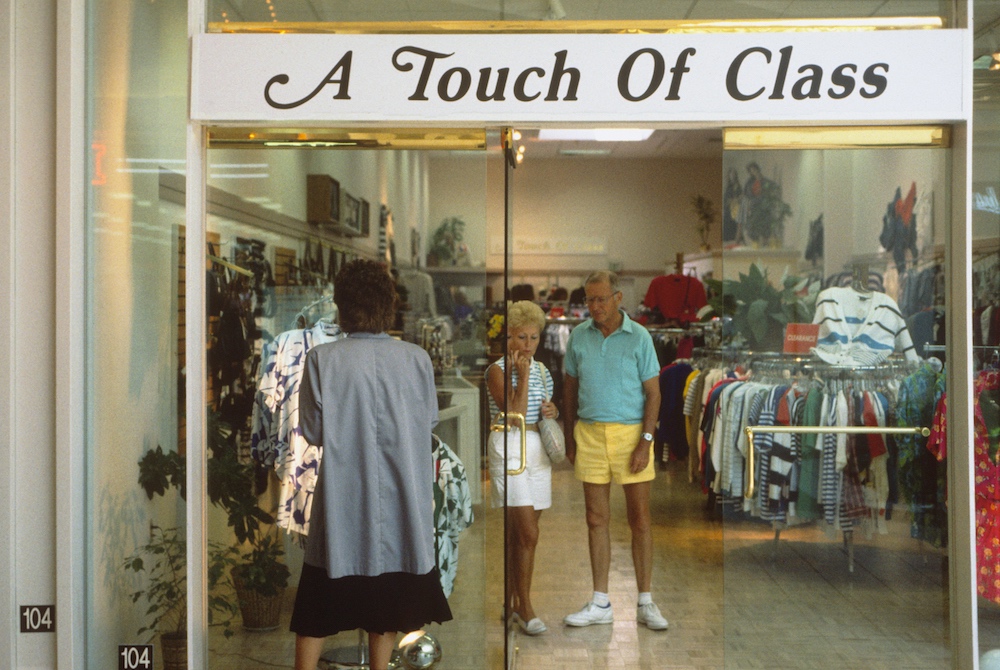
05 Mar Analog Meets Digital
I’ve been making photos for well over 30 years. From the beginning I have been interested in documenting things that take place, as opposed to setting up, or producing, shots. I’m not categorically against creating images, but I’m drawn towards grabbing images that capture a moment, person, or event, as they feel. For a long time I have also been interested in using words and images together.
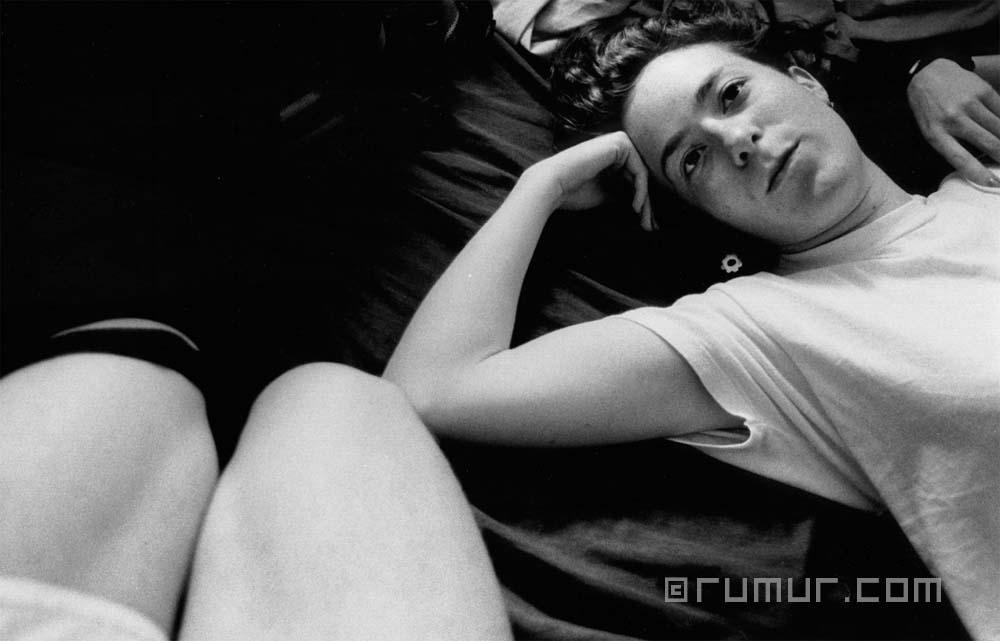
When I was in my 20’s I made a lot of photographs, mostly black and white. I did shoot my first real project (in malls) in color, but that was rare. When I was around 25 I began to transition to making more work with moving images. I started out with film, but when powerful new prosumer video cameras began to appear in the late 90’s I embraced this new technology. Video was mostly seen as a tool for documentary, and that is where my work was headed anyway. Around the same time I started to work with moving images I got a point and shot camera and started to shoot more color. I have about 500. rolls of that that I need to go through. It took me quite a bit longer to transition to digital photography, but that also meant I was doing a lot less photography. 20 years later I’m beginning to spend more and more time scanning and working with my older analog images; bringing them into the digital realm.
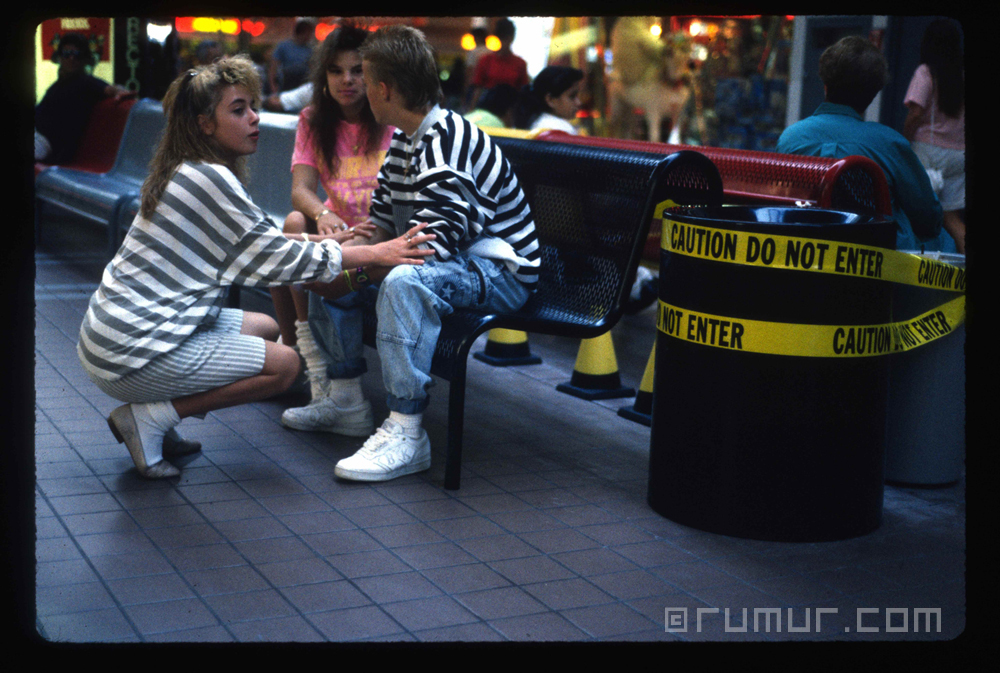
A decade ago I first began to scan older work, specifically the mall images I made in 1989. I found the slides and borrowed a scanner, making it possible for me to show that work to anyone who wasn’t standing next to me with a slide viewer for the first time since I took them. It was around this time that I saw a post of Bruce Davidson images on a website called retronaut (ie like an astronaut going back in time rather than space). I sent them some of my mall images thinking they might be interested. I didn’t hear back but a few days later they shared a set without letting me know. I found out when they went wildly viral and friends of mine started to share them on facebook. The images really struck a nerve and I came to see the thing that made them less “valuable”, “marketable”, or “brandable” in the moment that I took them is what gave them so much power many years later. I had shot them in a very observant and casual way. The framing is not perfect, and the exposures are not eye grabbing. Instead, they are images that exist in the space between amateur and professional, and this makes them feel very comfortable and familiar to people. The word nostalgia doesn’t quite hit the mark, but it does feel relevant to the discussion. Often times we think of nostalgia as viewpoint through rose colored glasses, wherein we forget the negative aspects of a situation and pull forth only the positive things remember. I also think it involves a connection to our younger self, one whose worries and concerns seem less profound from the vantage point of the present. This is especially true for images that give us less specific ideas or projections to focus on. These images feel more present than those that are putting effort into capturing the “essence” of a moment when that moment is still unfolding.
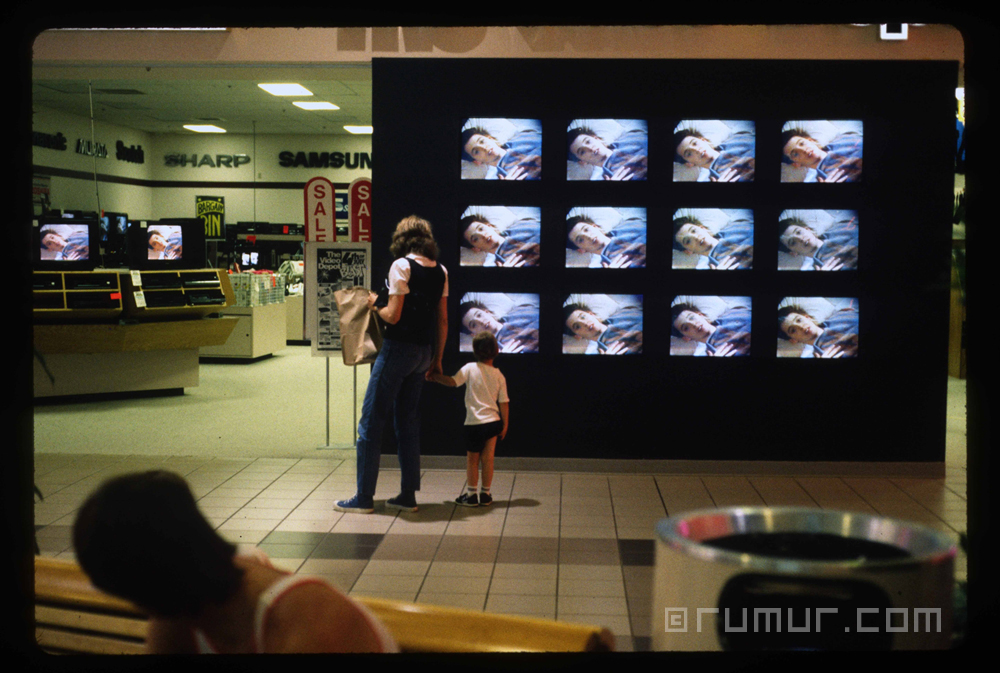
One thing that’s interesting about this work, as well as other work that I did in the early to late 90’s is that my generation is the last one that moved into the work world without growing up with the internet in our lives. A couple of years after I exited college, communication, and image making, began to shift online. This means that my generation is the first one to begin to rediscover it’s past online. Younger people have grown up online, so the images of their lives continuously float up in a digital manner. Their lives are digital. We are pre-digital, so images from our past, that were made with analog technology has a different resonance, power, and value.
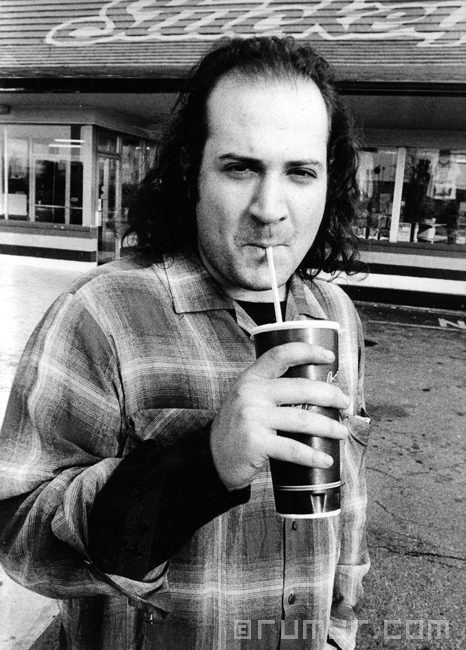
As the images of my generation continue to migrate into the digital world we are seeing something of an analog to digital singularity. The analog and digital are becoming unified. Part of this process involves the migration of analog images into the digital realm. As more and more images from the past become part of the collective digital consciousness the division between the analog past and the digital present becomes increasingly less distinct.
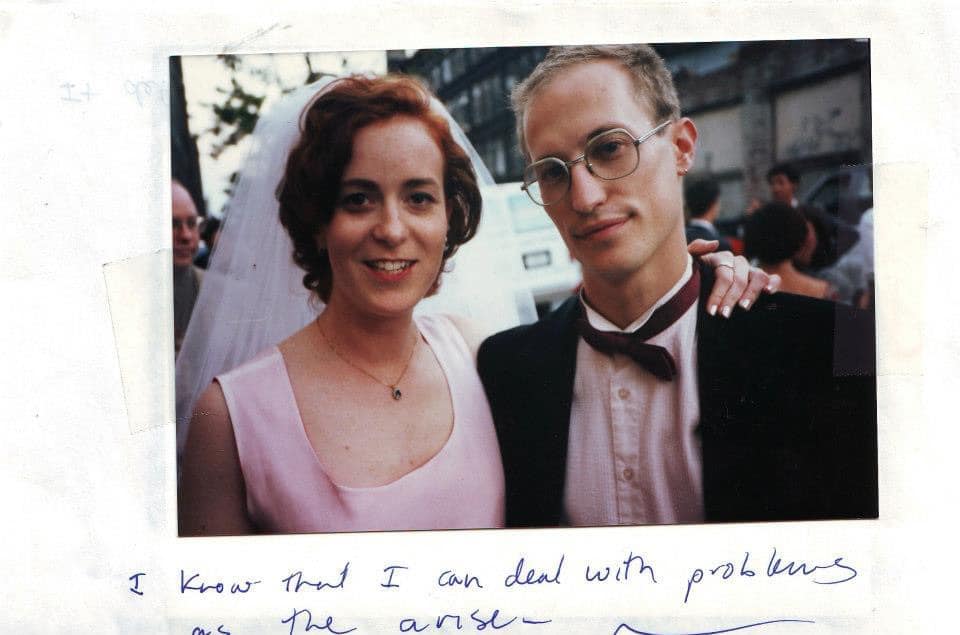
When I was young I rebelled agains systems of all kinds. in the late 80’s and early 90’s the photography world was moving towards big production and big ideas. It took a while for photography to be considered an art form, and moving it in the direction of conceptual ideas rather than technical prowess was a marked shift. In this work the photographer was increasingly invited to inject themselves, or their ideas, into the work. The work that most interested me, which was much more observational, was out of fashion. However, it is that sense of simple presence that seems to make my images so relatable all these years later.
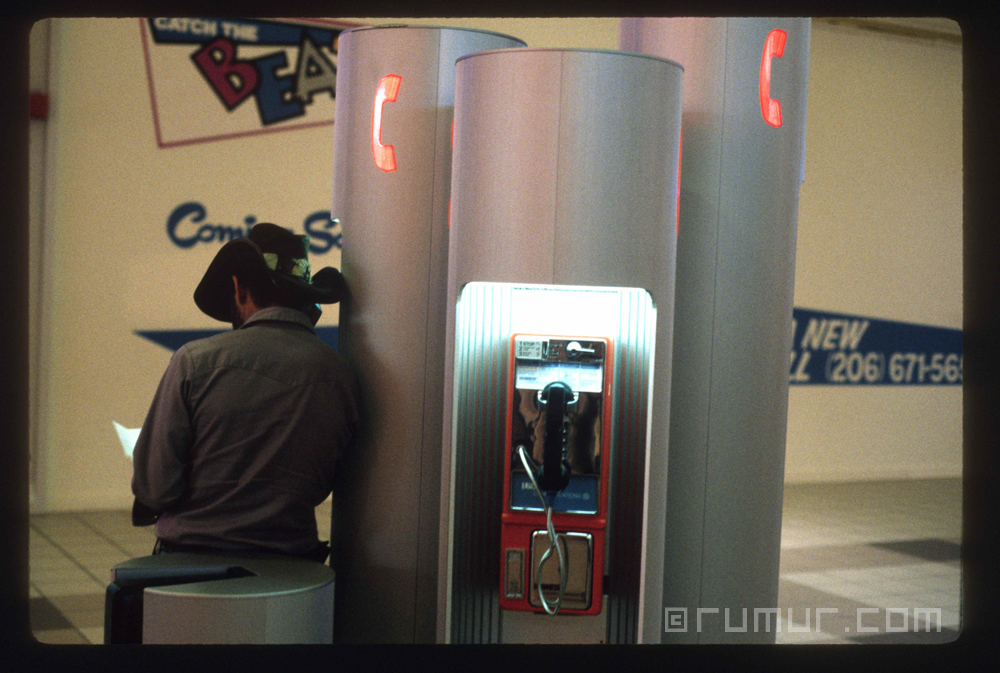
I believe that this places my mall series in a uniquely interesting space in regards to NFT art sales. While much of the first work to be sold as NFTs has been digitally native work, I think there is a space for analog images to shine. One thing that’s especially interesting about my mall work is that without the internet it would have had a difficult time finding it’s way into the world. I had no real photo world connections, and even after the images went viral there was no real interest in it from an art world perspective. In fact, its viral nature was seen as a negative because there was a value seen in exclusivity. It was more important that gatekeepers embrace the work before the pubic did. To some degree, in the digital realm, the opposite is true. It is viral awareness, clout, fame, and claim of origionality that carries more weight than the approval of critics, gallery owners, and other tastemakers. NFT sales have more to do with online fame or infamy than with approval of a system.

No Comments